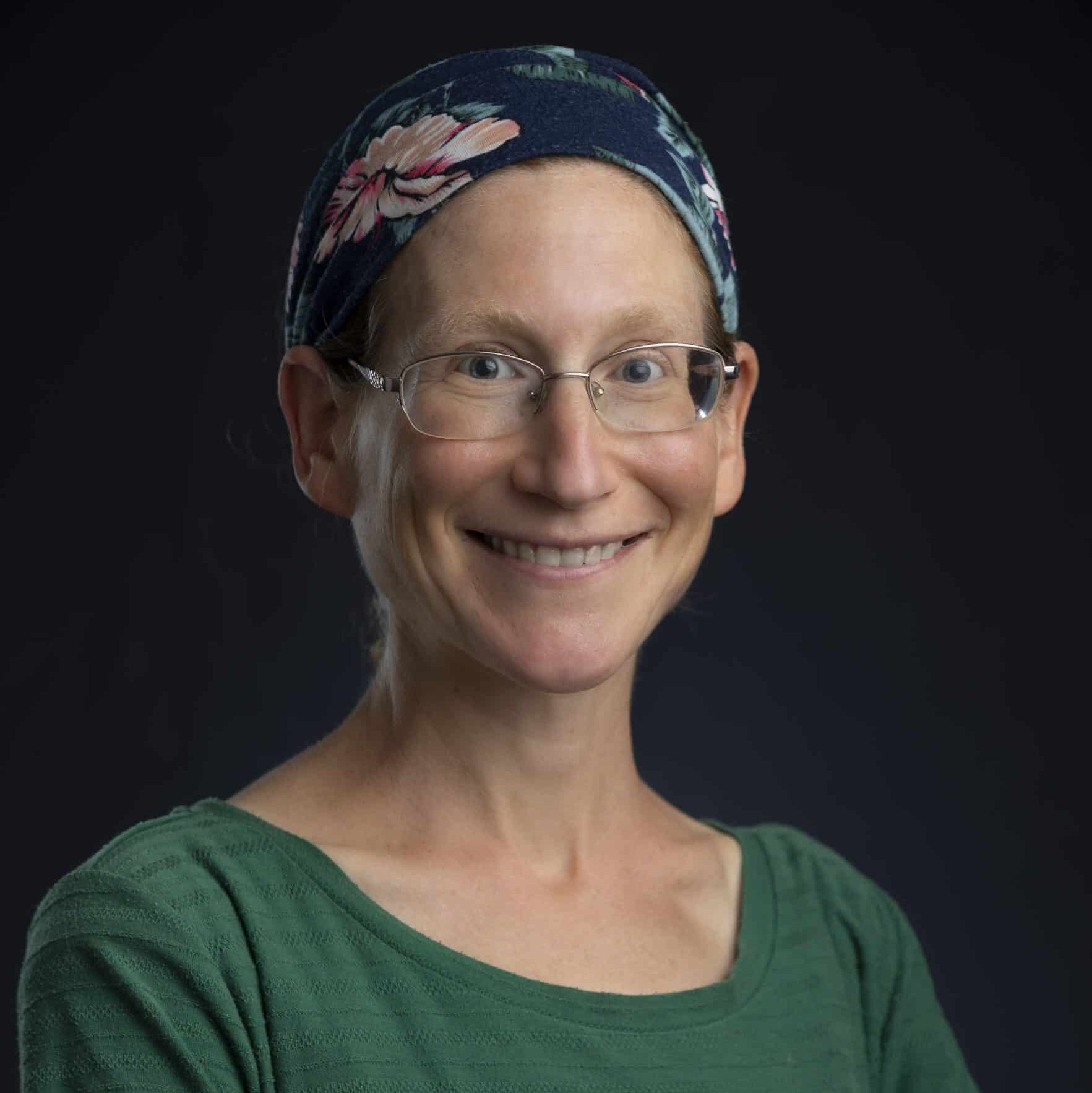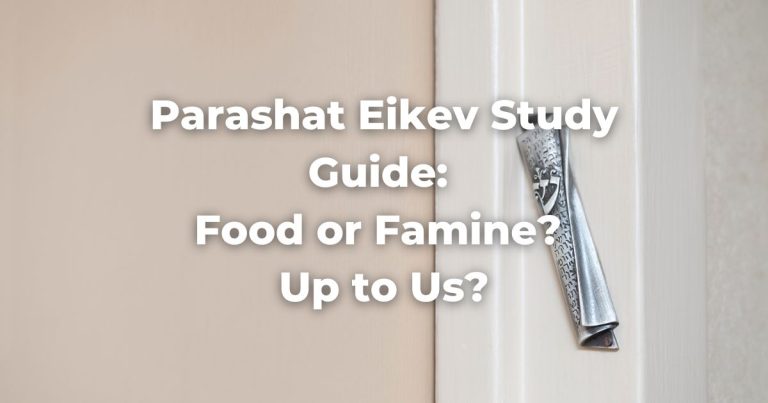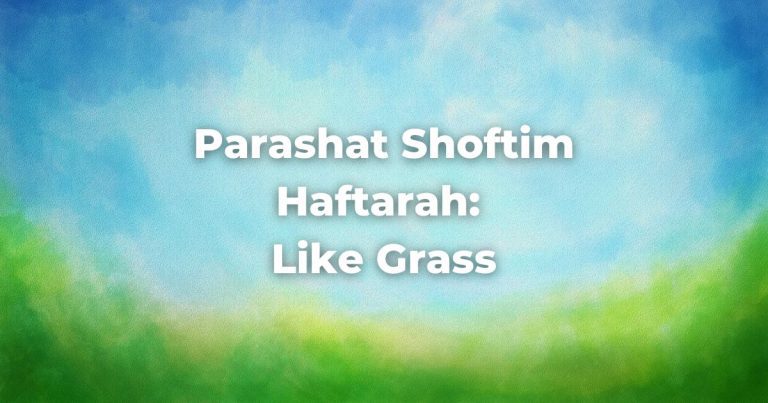On the festival of Sukkot, we are commanded to dwell in temporary huts so as to remember, as God explains, “that I made the Israelite people live in Sukkot when I brought them out of the land of Egypt” (Leviticus 23:43).
What Does “Sukkot” Refer To? The Concept Or The Place?
In a famous rabbinic debate (Sifre Emor 17:11), Rabbi Eliezer explains that the term “Sukkot” is a reference to actual huts that the Israelites dwelled in, and thus we are supposed to dwell in huts as well. In contrast, Rabbi Akiva maintains that “Sukkot” are a reference to the clouds of God’s glory that guided the Israelites by day through their wilderness wandering.
The debate between these two sages has the potential to transform our understanding not just of the physical structures in which we dwell on the festival of Sukkot, but also of the nature and significance of the festival itself.
Why might Rabbi Akiva understand Sukkot as a reference to clouds of glory?
Throughout the Bible, the term “Sukkot” is often used poetically to refer to a cloud covering associated with the divine presence, rather than a physical structure. The book of Psalms teaches that when God manifested, “He made darkness his screen; dark thunderheads, dense clouds of sky were his Sukkah around Him” (Psalms 18:11-12).
Isaiah prophesies that one day a cloud will hover over Zion and serve as a Sukkah for shade and shelter (Isaiah 4:5-6). Job asks, “Can one contemplate the expanse of clouds, the thundering from God’s Sukkah?” (Job 36:29).
Moreover, as contemporary TalmudReferring to one of two collections, the Jerusalem and Babylonian Talmuds, edited in the 6th century, that contains hundreds of years of commentary, discussion, and exploration of the ideas in the Mishnah. One could describe it as Mishnah + Gemara = Talmud Read more scholar Jeffrey Rubenstein points out, the pillar of cloud is first mentioned in the Bible at a place called “Sukkot“: “The Israelites set out from Sukkot and encamped at Etam at the edge of the wilderness. The Lord went before them in a pillar of cloud” (Exodus 13:20-21).
The juxtaposition of Sukkot with the pillar of cloud may have suggested to Rabbi Akiva that the Sukkot in which God made the Israelites dwell were in fact the sheltering cloud of the divine presence.
In rabbinic literature, the clouds of God’s glory are associated with divine love and protection.
The Tosefta (Sotah 4:2) teaches that the clouds protected the Israelites from the various dangers they might encounter along their journey through the wilderness: snakes, scorpions, and uneven terrain.
According to the Mekhilta, the clouds also served to intercept the stones and arrows of the pursuing Egyptians at the Red Sea (Mekhilta Beshalach 4). The clouds did not only guide the Israelites in their journey through the wilderness, but also ensured their safe passage.
According to the Tosefta, there were in fact seven clouds that surrounded the Israelites on all sides, enveloping them protectively like a swaddled infant.
The midrashThis word is used in two ways, as both a concept and a literature. As a concept, midrash is the expansive interpretation of biblical texts. The term is used to describe the practice of rabbinic interpretation. As a text, it refers to specific collections of interpretations, particularly from the third to ninth centuries in the Land of Israel and Babylonia. Plural: Midrashim
Read more, in discussing the clouds, expands upon this image by invoking a parable about a king who takes every precaution to protect his son when they set out together on a dangerous journey: When robbers attack, he hides his son behind him; when a wolf attacks from the back, he moves his son in front (Mekhilta Beshalach 4).
This midrash quotes from the book of Hosea 11:3 to describe the king’s relationship with his son, and by extension, the role of the clouds for the Jewish people: “I have pampered Ephraim, taking them on my arms.” Like a parent pampering a young child, the clouds of God’s glory nurtured and tended to the needs of the Israelites.
But the clouds of God’s glory were not a constant presence for the wandering Israelites.
The TorahRefers to the first five books of the Hebrew Bible, the Tanakh, also called the Five Books of Moses, Pentateuch or the Hebrew equivalent, Humash. This is also called the Written Torah. The term may also refer to teachings that expound on Jewish tradition. Read more teaches that every evening, the clouds were replaced by a pillar of fire that guided them by night. The midrash (Midrash HaGadol 40:38) elaborates that the first time the clouds appeared, the Israelites rejoiced; but then when night came and the clouds dissipated, they began to weep, perhaps fearing the loss of God’s enveloping presence and frightened by the ominous appearance of the pillar of fire.
When the clouds reappeared the next morning, the Israelites rejoiced with inordinate joy, regarding the clouds as a sign of God’s abundant love for Israel. Avivah Zornberg considers the significance of the impermanence of the clouds in her book on Leviticus, where she cites the Vilna Gaon’s claim (in his commentary on Song of Songs 1:4) that the clouds which had first appeared when the Israelites left Egypt then departed when they built the golden calf; the clouds did not return until they began to construct the Tabernacle on the 15th of Tishrei, which marks the festival of Sukkot.
If we read the Vilna Gaon in light of the midrash, then Sukkot—the festival known as “the time of our rejoicing”—is a time of inordinate joy because it also marks the return of the clouds of glory.
The midrashic debate about whether Sukkot refer to huts or clouds points to two different and opposite ways of understanding the holiday. If Sukkot are physical structures, as Rabbi Eliezer maintains, then by dwelling in Sukkot we experience our own fragility and vulnerability.
We realize what it means to expose ourselves to the elements by living in a home whose walls could blow away in the wind and whose roof could be ruined by rain. According to this understanding, the festival of Sukkot is about recognizing what it means to forfeit the stability and comfort we experience when we dwell in our more permanent homes.
On the other hand, if Sukkot refer to the clouds of God’s glory, as Rabbi Akiva maintains, then by dwelling in Sukkot we can come closest to the experience of being held and embraced by God in a relationship of tremendous intimacy.
The Israelites did not always feel enveloped by God—the clouds came and went at various points in their wilderness journey. In our own relationships too, there are times when we feel close with the people we love, and other times when we feel ourselves distant, vulnerable, and exposed.
The holiday of Sukkot, when the clouds of God’s glory returned, serves to remind us how special and wonderful it is to be held and loved, and how we might aspire to that connection.
Rabbi Eliezer and Rabbi Akiva’s debate seems to have conflicting implications for our understanding of the holiday of Sukkot.
Is Sukkot about feeling vulnerable and exposed, or about feeling loved and enveloped?
Perhaps the answer is both: We dwell in temporary structures to sensitize ourselves to our own vulnerability, thus becoming ever more cognizant of the comfort and security we stand to gain from being held in God’s loving embrace.
See more: Parashat V’zot Habrachah
Originally posted as part of the Conservative Yeshiva at the Fuchsberg Jerusalem Center’s Torah Sparks. Support Torah learning from the Fuchsberg Jerusalem Center/Conservative Yeshiva for leaders and seekers around the world here.
Authors
-

Ilana Kurshan teaches Talmud at the CY. She is the author of If All the Seas Were Ink (St. Martin’s Press, 2017) and Why is This Night Different From All Other Nights (Schocken, 2005). She has a degree in History of Science from Harvard and in English literature from Cambridge, and has worked in literary publishing both in New York and in Jerusalem – as a translator, a foreign rights agent, and as the Books Editor of Lilith Magazine. Since October 2020, Ilana has been a regular contributor to Torah Sparks, FJC’s weekly parashat hashavuah blog.
View all posts -



The Fuchsberg Jerusalem Center (FJC) is a home in the heart of Jerusalem where leaders and seekers can find an authentic place in Jewish tradition to call their own. FJC offers opportunities to study, pray and explore within an egalitarian and inclusive setting, creating multiple pathways for finding personal and communal meaning.
View all posts






